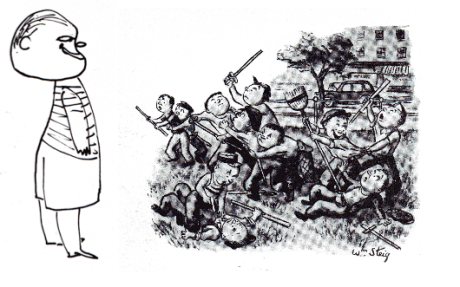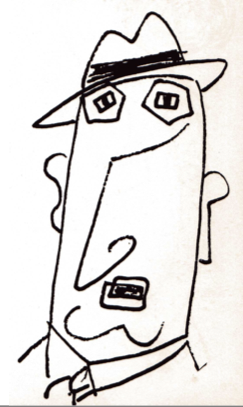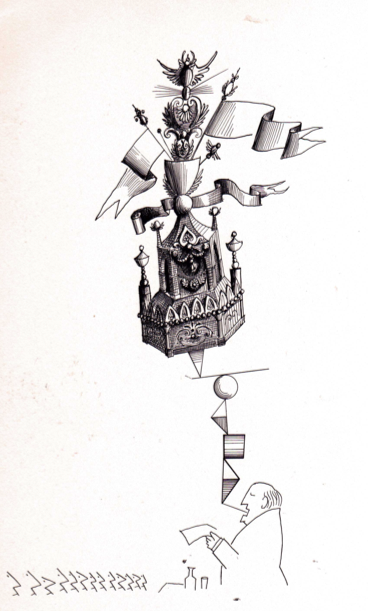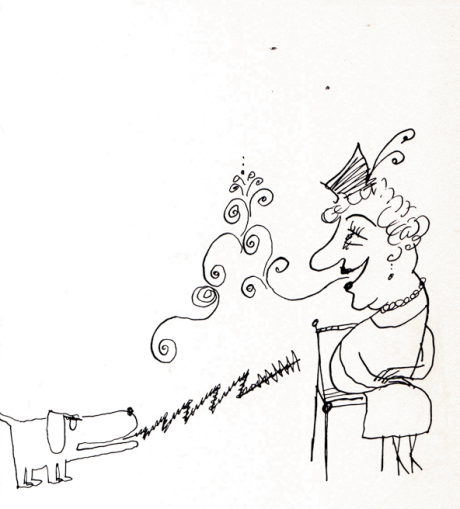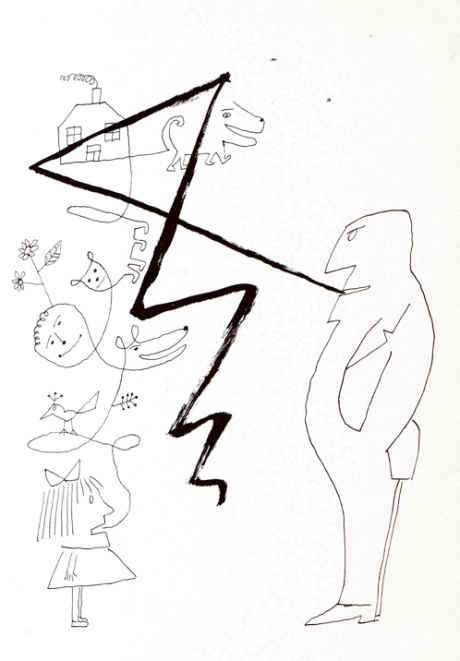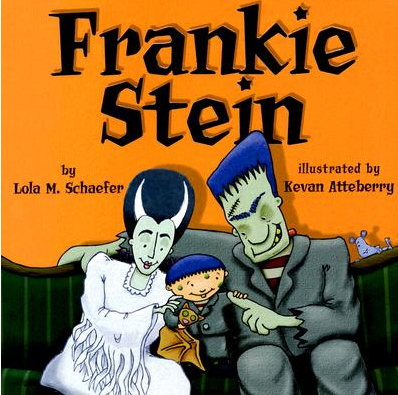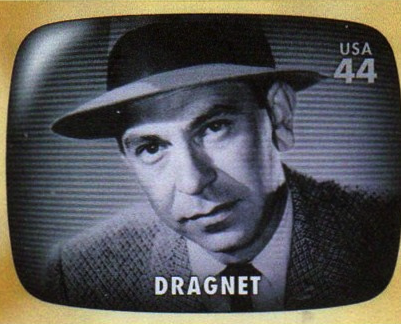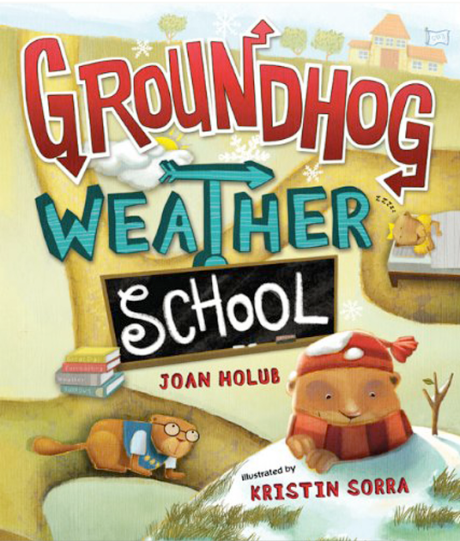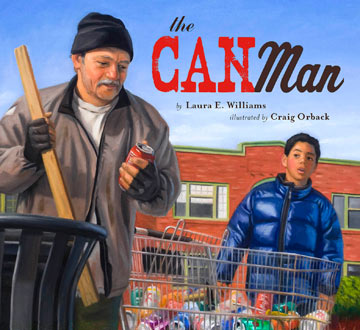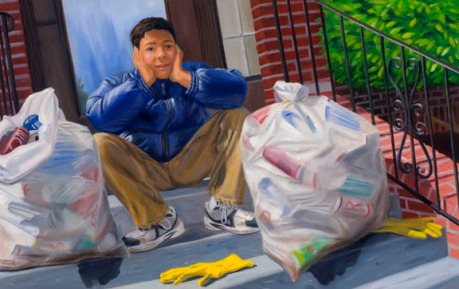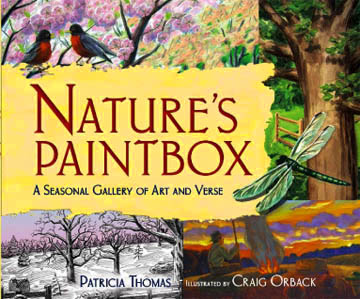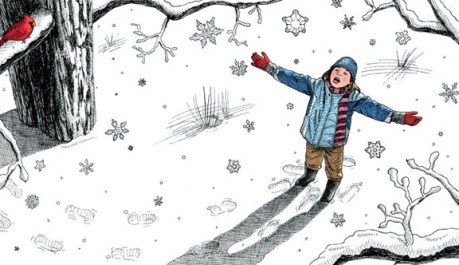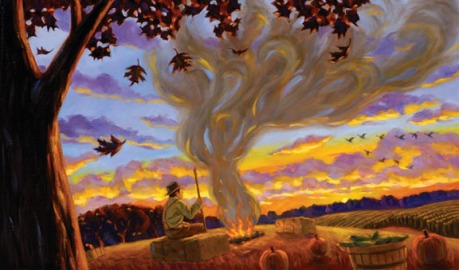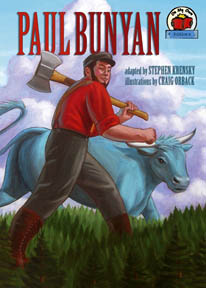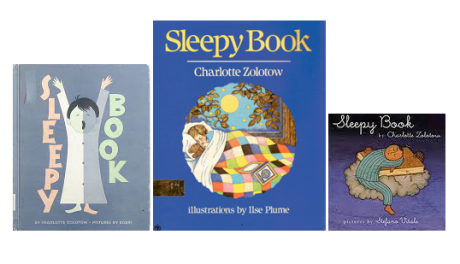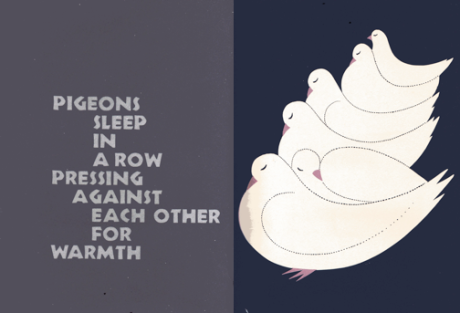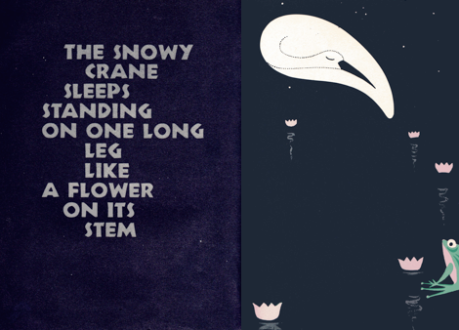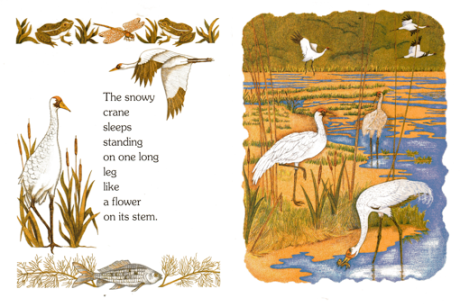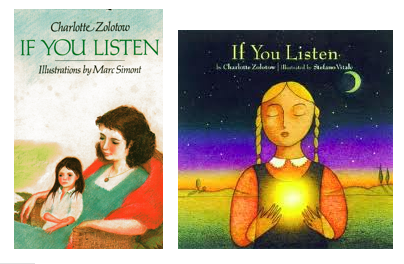THE WORLD IN 32 PAGES: PICTURE BOOKS THEN, NOW & ALWAYS
This past weekend I was grateful to be one of the speakers at Wisconsin’s SCBWI conference held in Racine, Wisconsin. As such conferences usually are, it was a time of little sleep and a time of consuming mega-vitamins. Imagine, two days of not having to explain why you want to write for children. Imagine, two days of joyfully talking our particular shop.
In my presentation Friday evening I referred to many books. I promised those in attendance that I would post that bibliography on this blog. And, as time permits, I will try to post bits and pieces from my talk.
Thanks to all in Wisconsin who attended the conference. My plane flight home was a flurry of new book ideas and how to make some old projects better.
Related Bibliography
Ahlberg, Allan. THE ADVENTURES OF BERT. Illus. by Raymond Briggs. Farrar, 2001.
Bader, Barbara. AMERICAN PICTUREBOOKS: FROM NOAH’S ARK TO THE BEAST WITHIN. MacMillan, 1976.
Bright, Robert. GEORGIE. Viking, 1944.
Burton, Virginia Lee. MIKE MULLEGAN AND HIS STEAM SHOVEL. Houghton, 1939
Donaldson, Julie. WHAT THE LADYBUG HEARD. Illus. by Lydia Monks. Holt, 2010.
Goffstein, M.B. GOLDIE THE DOLLMAKER. Farrar, 1969.
Gorbachev, Valeri. WHAT’S THE BIG IDEA, MOLLY? Philomel, 2010.
Hesse, Karen. THE CATS IN KRASINSKI SQUARE. Illus. by Wendy Watson. Scholastic, 2004.
Isol. IT’S USEFUL TO HAVE A DUCK / IT’S USEFUL TO HAVE A BOY. Groundwood, 2007.
Johnson, Crocket. HAROLD AND THE PURPLE CRAYON. Harper, 1955.
Katz, Jill. GALEN’S CAMERA. Illus. by Ji Sun Lee. Picture Window, 2006.
Mack, Jeff. FROG AND FLY: SIX SLURPY STORIES. Philomel, 2012.
Marcus, Leonard, ed. DEAR GENIUS: THE LETTERS OF URSULA NORDSTROM. HarperCollins, 2000.
Moore, Nancy. THE UNHAPPY HIPPOPOTAMUS. Illus. by Edward Leight. Vanguard, 1957
Muntean, Michaela. DO NOT OPEN THIS BOOK! Illus. by Pascal Lemaitre. Scholastic, 2006.
Rathmann, Peggy. RUBY THE COPYCAT. Scholastic, 1991.
Rosenthal, Amy Krouse and Tom Lichtenheld. DUCK! RABBIT! Chronicle, 2009.
Scarry, Patsy. THE BUNNY BOOK. Illus. by Richard Scarry. Golden Press, 1955.
Scarry, Richard. RABBIT AND HIS FRIENDS. Golden Press, 1953.
Schwartz, Roslyn. THE MOLE SISTERS AND THE RAINY DAY. Annick, 2002.
Shaw, Charles G. IT LOOKED LIKE SPILT MILK. Harper, 1947.
Stein, David Ezra. POUCH! Putnam, 2009.
Thomas, Jan. A BIRTHDAY FOR COW! Harcourt, 2008.
Winter, Jeanette. SEPTEMBER ROSES. Farrar, 2004.



